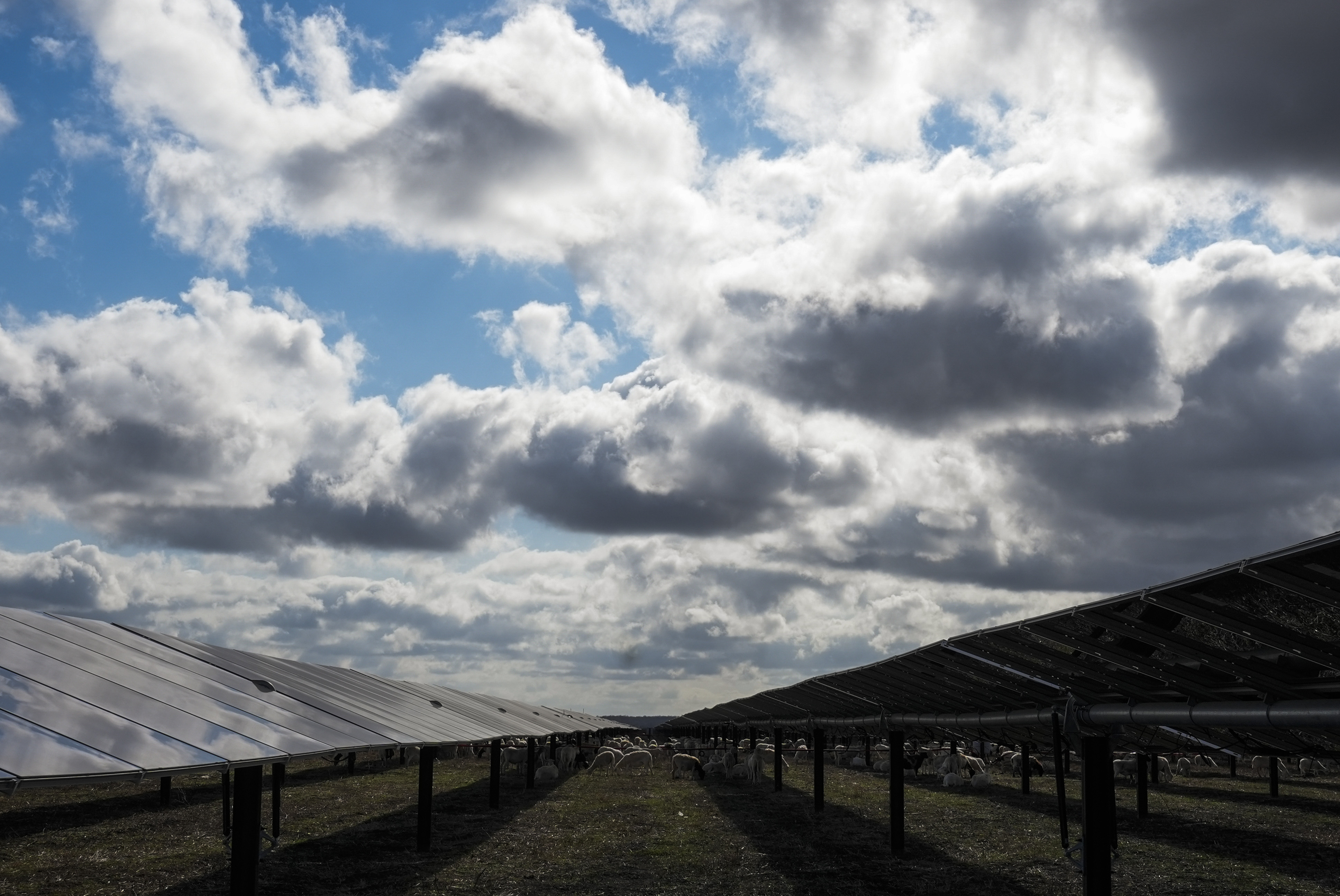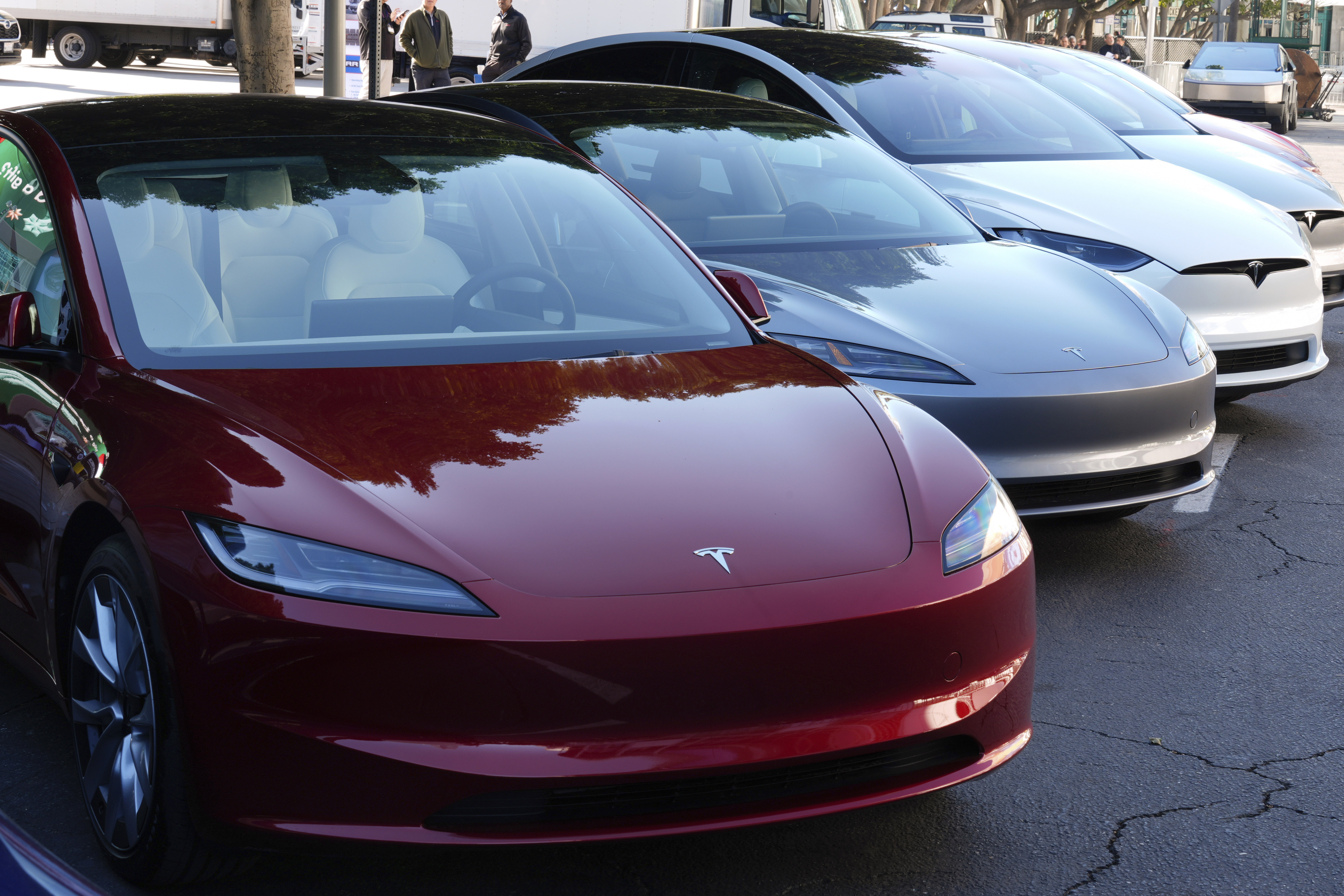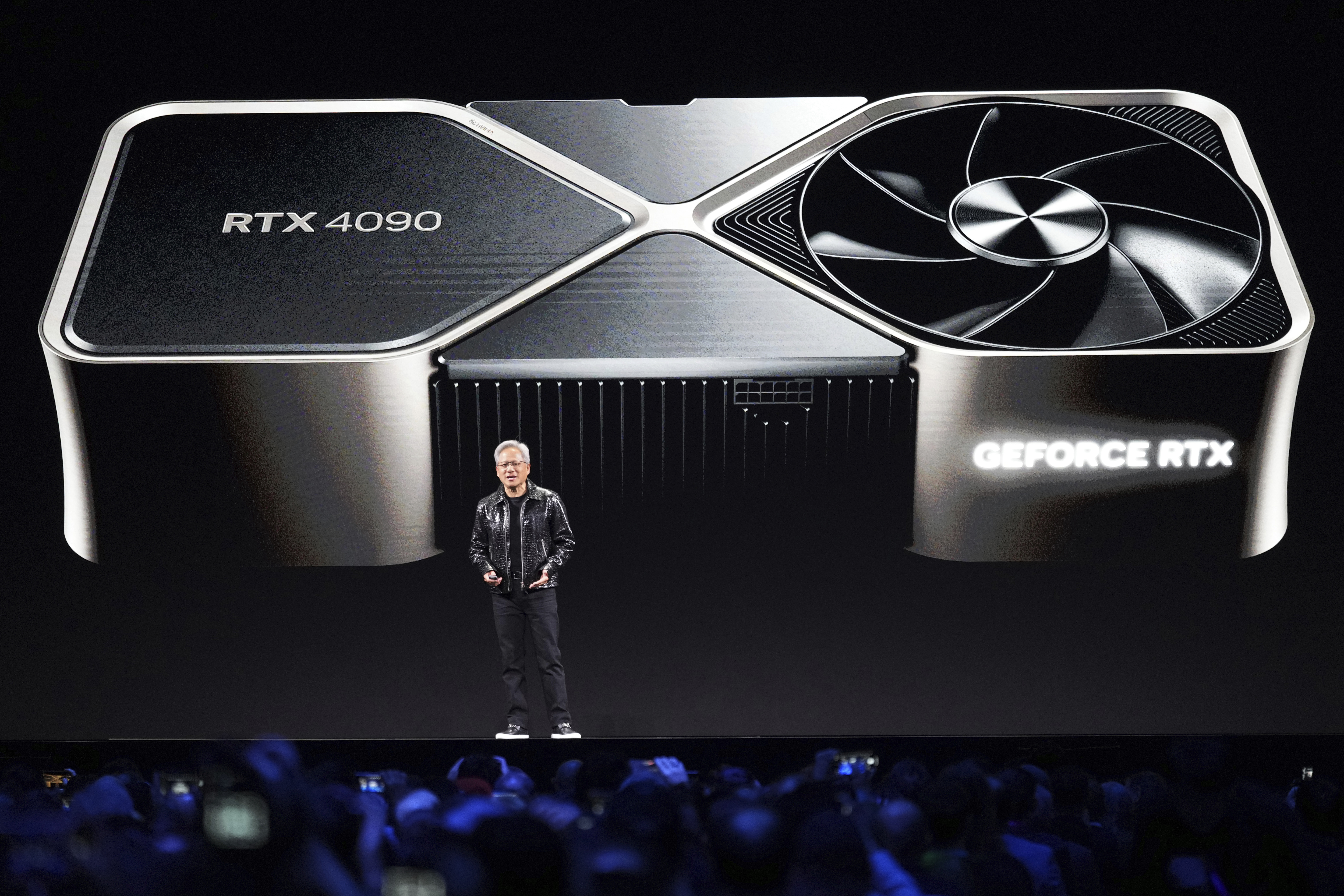(TestMiles) – As the electric vehicle (EV) market powers up for an anticipated boom, prospective buyers and industry analysts are both excited and skeptical about the forecasted growth.
According to industry projections, EV sales are set to nearly double from 2.5 million units in 2026 to a staggering 4.1 million by 2029. But as we dive into the data, a complex picture of consumer sentiment and market readiness emerges, challenging the sunny outlook.
By the end of 2024, EVs are expected to make up 9.1% of total light vehicle sales, a significant increase to about 1.4 million units sold. While this growth is notable, it reflects both the opportunities and the substantial hurdles the EV market must overcome to meet future projections.
A survey of potential car buyers revealed a significant price sensitivity among consumers: nearly half of those who initially dismissed the idea of purchasing an EV would reconsider if the price tag dropped below $35,000. This price point seems to be the magic number, potentially unlocking a larger segment of the consumer market. However, 36% of respondents still find the cost of acquiring and maintaining an EV prohibitively expensive, indicating that price remains a major barrier to broader adoption.
Furthermore, while 58% of consumers in the market for a new vehicle within the next three years are open to considering an EV, there’s a notable resistance among the remaining 42% who have no current plans to switch to electric. This highlights a persistent skepticism despite growing environmental concerns and the automotive industry’s push towards electrification.
The data also points to a substantial portion of the market sitting on the fence. Over half of those not already inclined toward an EV expressed that they would consider such a purchase soon. This indicates a potential shift in consumer behavior if certain conditions, such as pricing and vehicle performance, are met.
The EV market’s growth trajectory is not just about consumer preferences but also involves a larger economic and environmental context. As governments worldwide implement stricter emissions regulations and offer incentives for electric vehicle purchases, these external pressures could catalyze or stifle the market growth.
In light of these findings, the EV industry faces a dual challenge: making EVs affordable enough to attract the cost-sensitive consumer while ensuring that these vehicles meet the performance and reliability standards expected of modern automobiles. The industry’s ability to address these challenges will likely determine whether the projected growth is realistic or overly optimistic.
For readers considering their next vehicle purchase, the current landscape offers a mix of incentives and obstacles. The allure of EVs is clear: a chance to partake in the cutting edge of automotive technology while potentially reducing one’s carbon footprint. However, the financial calculus remains a deterrent for a significant portion of the market.
As we look to the future, the question remains: Will the electric vehicle market surge ahead as predicted, or will consumer reservations put a brake on its ascent? The answer will depend largely on how effectively the industry can align its offerings with the real-world needs and budgets of today’s drivers.
For those tracking the pulse of the EV market, staying informed and weighing the pros against the cons will be crucial as this automotive revolution continues to unfold. Will EVs dominate the road, or will they remain a niche product in a world still ruled by gasoline? Only time will tell, but one thing is certain: the road ahead is as electrifying as it is uncertain.


























